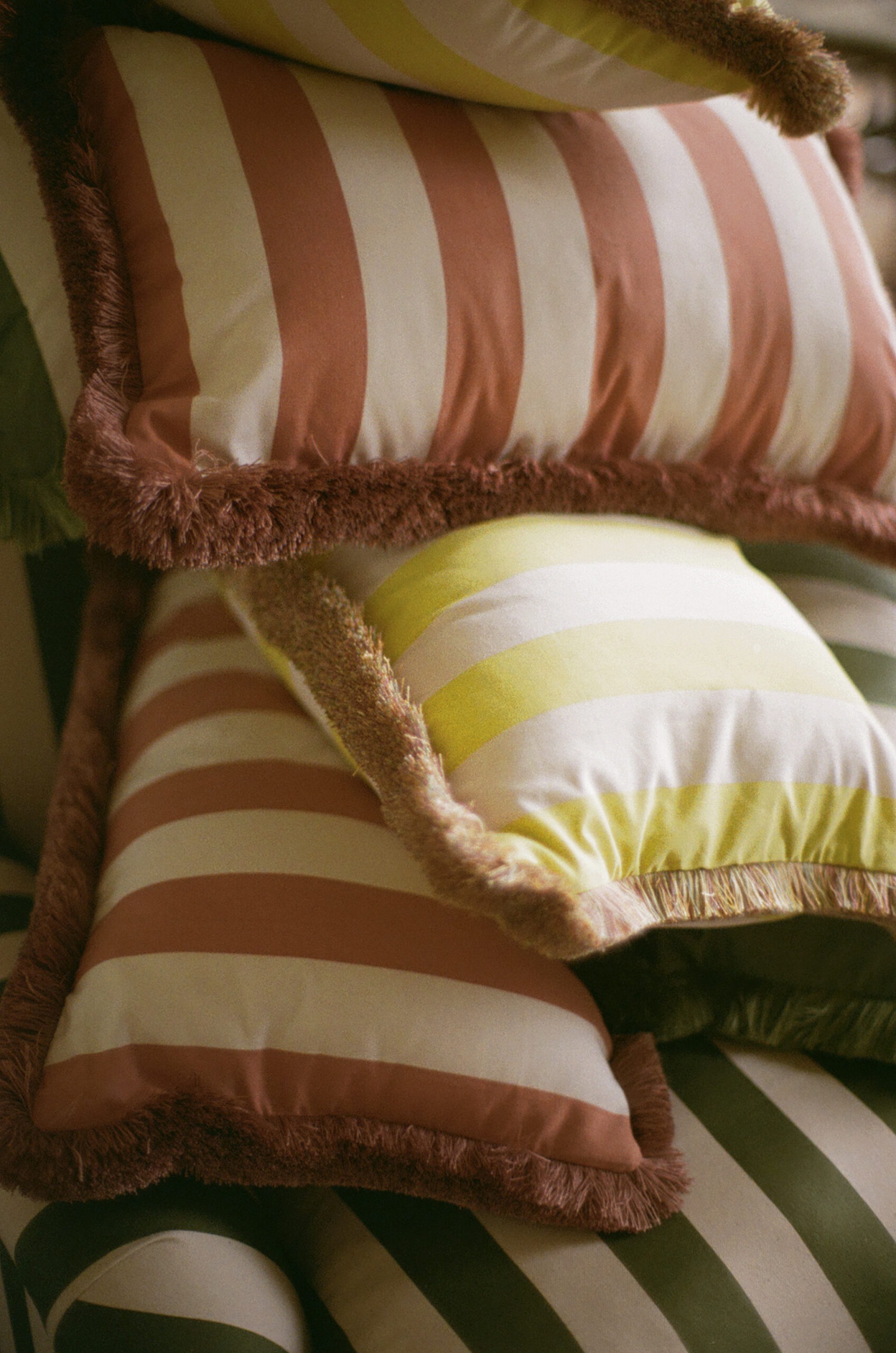Ceraudo takes a look at the Terrazzo styles from past to present.
The use of terrazzo flooring, an art form developed during the 19th century in Venice, is making a huge comeback in modern homes. Once associated with thrift and ingenuity on the part of poor Venetian masons, who used marble and granite off-cuts from the palazzos they were working on to furnish their own modest homes, terrazzo flooring now brings a distinctive edge to residential properties, as well as hotel lobbies around the world. The craftsmen who developed the terrazzo technique discovered that, when set in lime and sealed with a layer of goat’s milk (long before hipsters preferred it for making flat whites!) loose marble chips could be arranged to create a brilliant, and durable, floor surface.
 A wave of skilled Italian immigrants to the United States at the turn of the century meant that American interior decorators encountered this ingenuous method, and in the 1890s, the Vanderbilt family was the first in America to decorate their Fifth Avenue palace using terrazzo. Some other stunning examples of 20th century terrazzo can be seen at Radio City Music Hall and the circular patterned terrazzo at Frank Lloyd-Wright’s Guggenheim Museum. Wright describes the moment of inspiration for the key material used in his most iconic and final architectural creation:
A wave of skilled Italian immigrants to the United States at the turn of the century meant that American interior decorators encountered this ingenuous method, and in the 1890s, the Vanderbilt family was the first in America to decorate their Fifth Avenue palace using terrazzo. Some other stunning examples of 20th century terrazzo can be seen at Radio City Music Hall and the circular patterned terrazzo at Frank Lloyd-Wright’s Guggenheim Museum. Wright describes the moment of inspiration for the key material used in his most iconic and final architectural creation:
When I walked on the floor of the airport in Rome, I said—this is it, the ideal floor for our ramp. It is not unduly expensive or they would not have been using it for acres of floor in an Italian Airport. The name of the compound is Acmetyle Terrazzo . . . I will accept no sub not familiar with this product.

The use of thin steel dividing strips allows designers to separate the different coloured stones used, to create elaborate and ambitious patterned floors. Modern day tycoons can choose semi-precious stones, and even diamonds, to be encased in their terrazzo floors, for a look that’s more Mariah Carey than impoverished Venetian craftsman.
There was a lull in the popularity of terrazzo in the 1970s, before a new technique emerged that brought the material bang up to date, and reduced the cost of production. Rather than laying the marble chips in two layers of concrete, and then sealing the loose surface with a heavy roller, which is cumbersome and costly, designers discovered that terrazzo could be produced off-site, in much thinner sheets, sealed with epoxy-resin. This technique has liberated the use of terrazzo from being limited to flooring, as when it is set with resin it can be light enough for use as a wall or kitchen counter surface, as seen below as a splash back (left), and used in this otherwise minimalist bathroom by interior decorator Ilse Popelier (right).

Contemporary designers have reclaimed terrazzo as a way of creating interior spaces with a Mediterranean cool. Designers have also interpreted the material to create bold colourful interiors, such as Max Lamb‘s use of marmoreal (engineered marble) for his terrazzo bathroom surfaces and everyday furniture as seen below (left and right).

Lamb was particularly conscious of creating the least amount of waste possible in the construction of these furnishings since Marmoreal is already made using dimension quarrying waste materials. Each piece of furniture was designed around the standard tile and slab dimensions, ensuring the most efficient use of the material.

Also worth noting is the use of giant chips of marble terrazzo for the flooring of a chic apartment by AREA architects in Cephalonia. This sustainable material has made floors interesting again!

Crazy paving?! Giant marble chips are used in this cool apartment in Cephalonia, by AREA (left), and in the 1970’s style pink floor tiles (right).


